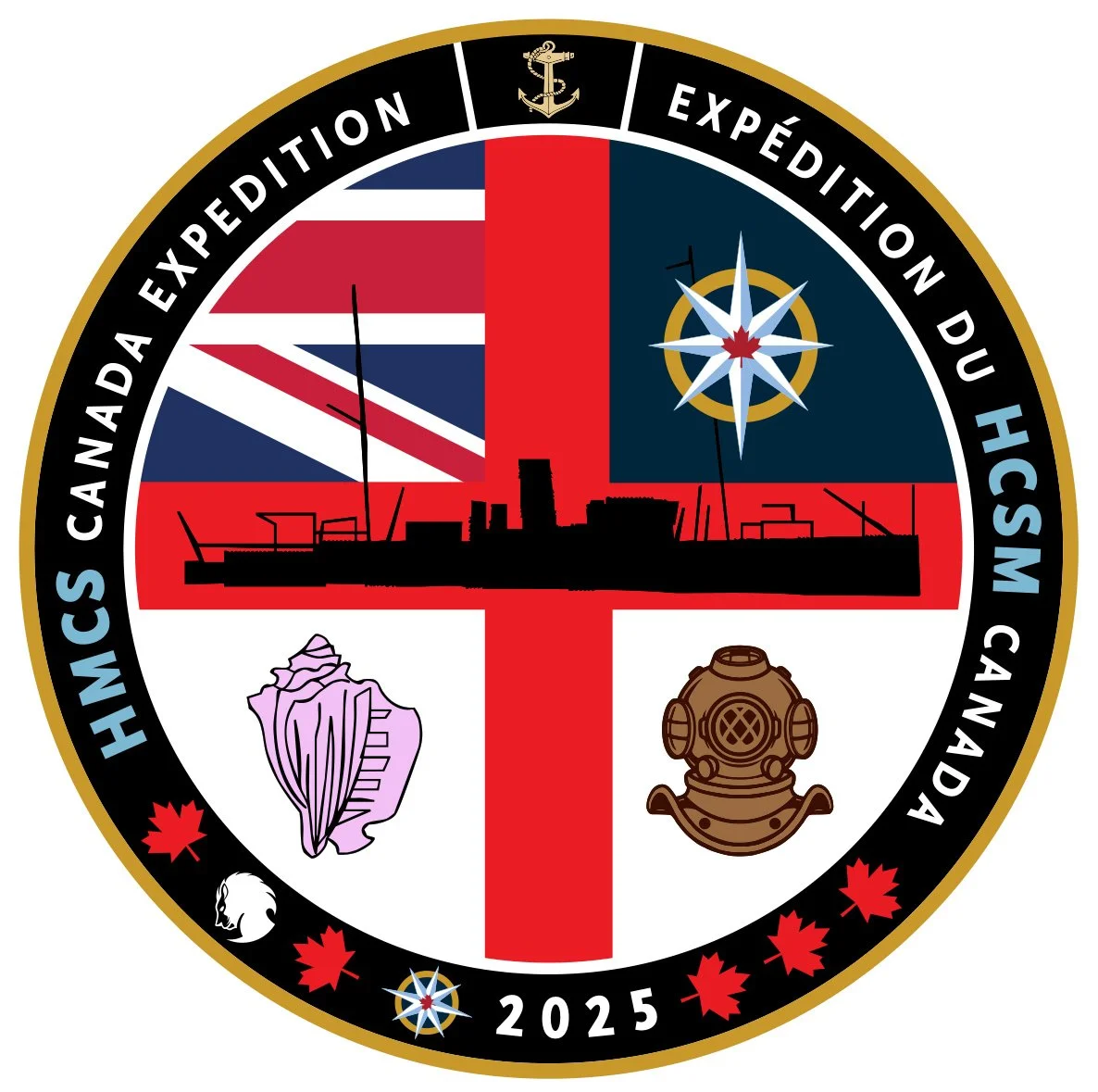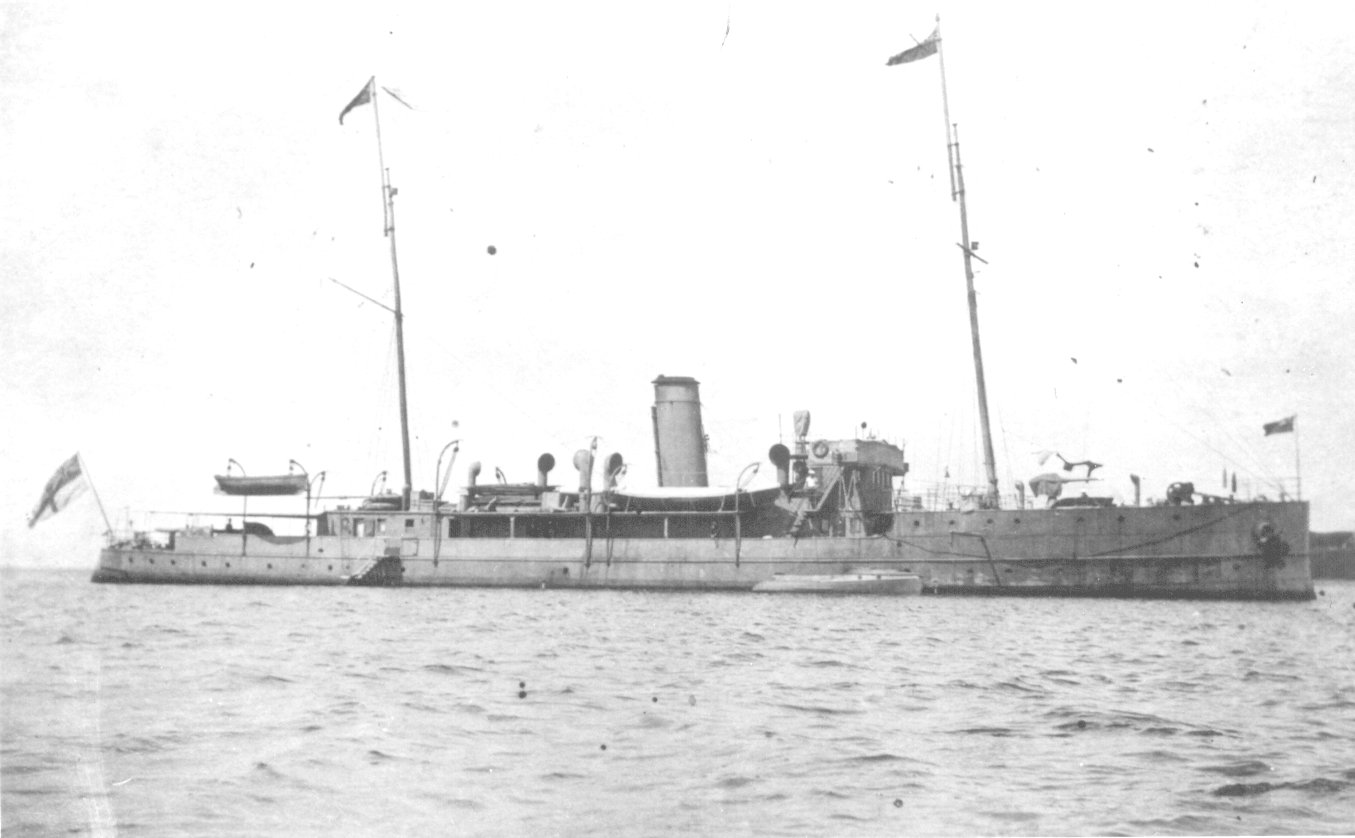
HMCS Canada Expedition 2025
Bringing to life Canada’s first purpose-built warship through deepwater exploration
Honoring the Legacy of HMCS Canada: An Archaeological and Marine Sciences Expedition
In commemoration of the 115th anniversary of the Royal Canadian Navy (RCN), the HMCS Canada Expedition seeks to highlight Canada’s first purpose-built warship, His Majesty’s Canadian Ship (HMCS) Canada, through advanced marine archaeological and scientific research. The project aims to preserve Canada’s naval legacy while contributing to marine science and conservation efforts.
Launched in 1904 as Canadian Government Ship (CGS) Canada, it successfully enforced Canada’s fisheries laws and trained Canadian naval personnel for over a decade. As the First World War threatened, it was transferred to the RCN to become its second flagship. The RCN paid off HMCS Canada after the war and sold it into commercial service. An American steamship line bought it to connect Florida and the Bahamas, renaming it Queen of Nassau. Ultimately, the steamer sank off the Florida Keys in 1926.
Comprehensive Maritime Exploration
Bringing HMCS Canada Back to Life in 2025
Today, the wreck of HMCS Canada—later known as Queen of Nassau—rests 11 kilometres (7 miles) south of Lower Matecumbe Key, Florida, at a depth of 70 metres (235 feet). It lies protected within the U.S. National Oceanic and Atmospheric Administration’s (NOAA) Florida Keys National Marine Sanctuary.
This December, a team of Canadian technical divers will document the site for the first time using cutting-edge 3D photogrammetry. Their work will generate an ultra-detailed digital model of the shipwreck, revealing how Canada appears nearly a century after sinking.
The model will be shared through this website, allowing Canadians and the world to virtually explore this long-overlooked warship. It will enrich public understanding of her historical, archaeological, and ecological significance—bringing HMCS Canada to life in a way never before possible.
All results will be made freely available to museums, scientific institutions, universities, schools, media, and the public—honouring the service and sacrifice of those who have served in the Royal Canadian Navy.
This important expedition has been officially recognized as a Royal Canadian Geographical Society Flag Expedition, and an Explorers Club Flag Expedition—one of the highest honours of both organizations.
Learn about the Expedition
Listen to Joseph Frey, Expedition Lead, talk about the expedition.
Meet the Team
-
Joseph Frey
CD, FRCGS, FI’02
-

Guy Shockey
MA, BA, FRCGS
-

Roger Lacasse
Ph.D., M.Sc., PMP
-

Ewan Anderson
RPCA







